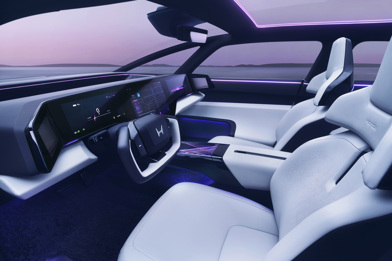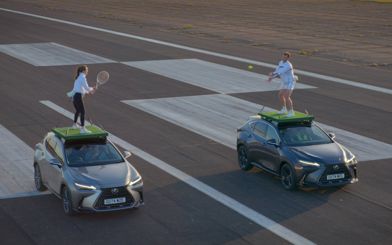BMW is taking a bold step into the future with the introduction of an advanced electronic architecture in its Neue Klasse models.
The system, built around four high-performance computing units dubbed "Superbrains", will purportedly revolutionise vehicle intelligence, efficiency and performance.
The power of four

BMW’s new architecture consolidates core functions into four dedicated computing hubs.
The first, dubbed the "Heart of Joy", manages driving dynamics with the BMW Dynamic Performance Control system, offering improved responsiveness, efficient energy recuperation and precise traction management.
Automated driving functions are handled by a second Superbrain, which integrates previously separate control units into a single high-powered processor, delivering 20 times the computing power of its predecessor.
The third Superbrain orchestrates infotainment, controlling the BMW Panoramic iDrive system with BMW Operating System X, ensuring seamless operation of displays, voice interaction and cloud-based AI features.
Finally, the fourth unit is responsible for core vehicle functions such as climate control, lighting, access and data processing, overseeing up to 100 functions and managing input from 50 sensors.
Frank Weber, BMW AG’s Board Member for Development, explains, "Technology openness is the key to BMW’s success. The technologies of the Neue Klasse will scale across all segments and drivetrains, ensuring our future models remain digitally up to date via over-the-air upgrades."
Lightweight, efficient and future-proof

A major efficiency gain comes from BMW’s new zonal wiring harness, which trims 600m of cabling and reduces weight by 30% compared to previous generations.
The architecture also introduces Smart eFuses, digital fuses that replace up to 150 traditional ones. These enable precise energy distribution and selective power control, boosting overall efficiency by 20%.
BMW’s "Shared Service Layer" ensures seamless integration between vehicle software and cloud-based updates, enhancing cybersecurity and AI-driven functionalities.
"With the Neue Klasse, we are achieving software continuity, developing software iteratively rather than starting from scratch each time," explains Christoph Grote, Senior Vice President, BMW Group Electronics and Software.
Production begins in 2025

The first all-electric Neue Klasse model will roll out from BMW’s Debrecen, Hungary, plant later this year.
BMW says its new vehicles will run on more than 500 million lines of code and over 1000 software modules.
To put that in perspective, modern commercial aircraft operate on roughly 15 million lines of code. This highlights the sheer complexity of BMW’s digital ecosystem, but it remains to be seen how much of this truly benefits the driver.
More software doesn’t always translate to a better experience, and much will depend on how seamlessly BMW can integrate its cloud-based features with real-world driving needs.
While BMW claims it is setting a new benchmark for software-defined vehicles (SDVs), competitors like Tesla and Mercedes-Benz have also been investing heavily in over-the-air updates and AI-powered driving systems.
Whether BMW’s approach truly leads the market will only become clear once the first Neue Klasse models hit the road.









